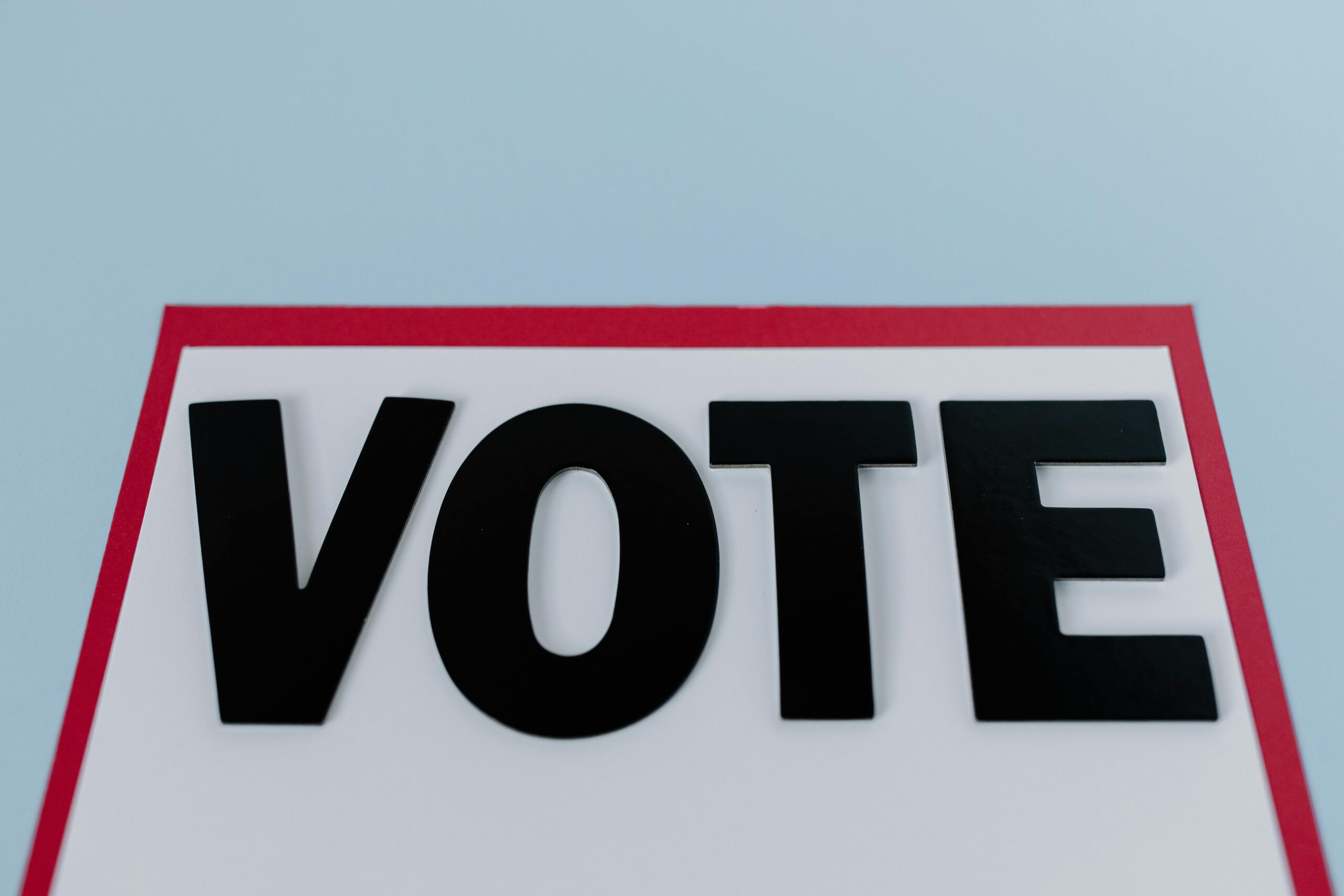Policy implementation is the means of translating political goals into practice. It is a highly critical process that requires a blend of political and technical expertise to secure successful outcomes. Effective policy implementation necessitates management of political support, resistance, and involvement of frontline services. All it requires is clarity of priority, effective communication, and robust mechanisms of feedback.
Implementation Elements
Leadership
The leaders ensure new policies are aligned to existing legislation and policies to ensure smooth implementation.
Objectives
Clear objectives of what will be achieved direct action and measure success. Well-articulated objectives give a roadmap for implementation.
Resources
Any policy can’t be implemented successfully without a sufficiency of resources, budget, people, infrastructure, etc.
Stakeholder
Engaging stakeholders allows for the incorporation of varied perspectives for a given policy framework. It creates collaboration and maximizes the acceptance of the formulated policy.
Communication
Communication is open, clear, and continuous to manage expectations and intervene with the parties in case of any issue/concern. It helps to maintain support and minimize resistance.
Feedback Loops
Robust feedback loops can help in sighting any issues, pointing out strategies that need adjustment to win continually. There can never be an ideal or final phase for continuous improvement.
Effective policy implementation is essential for realizing the translation of policy objectives into concrete actions. It should be holistic, with political, social, and organizational perspectives. Clear objectives, resource allocation, stakeholder involvement, and strong feedback mechanisms are conditions that increase the likelihood of satisfactory implementation for a particular policy. The challenges lying within this process will induce positive change, understood and worked on correspondingly, in an effort to realize desirable outcomes.





